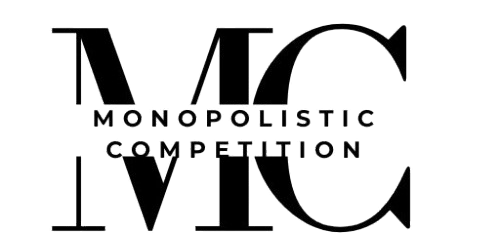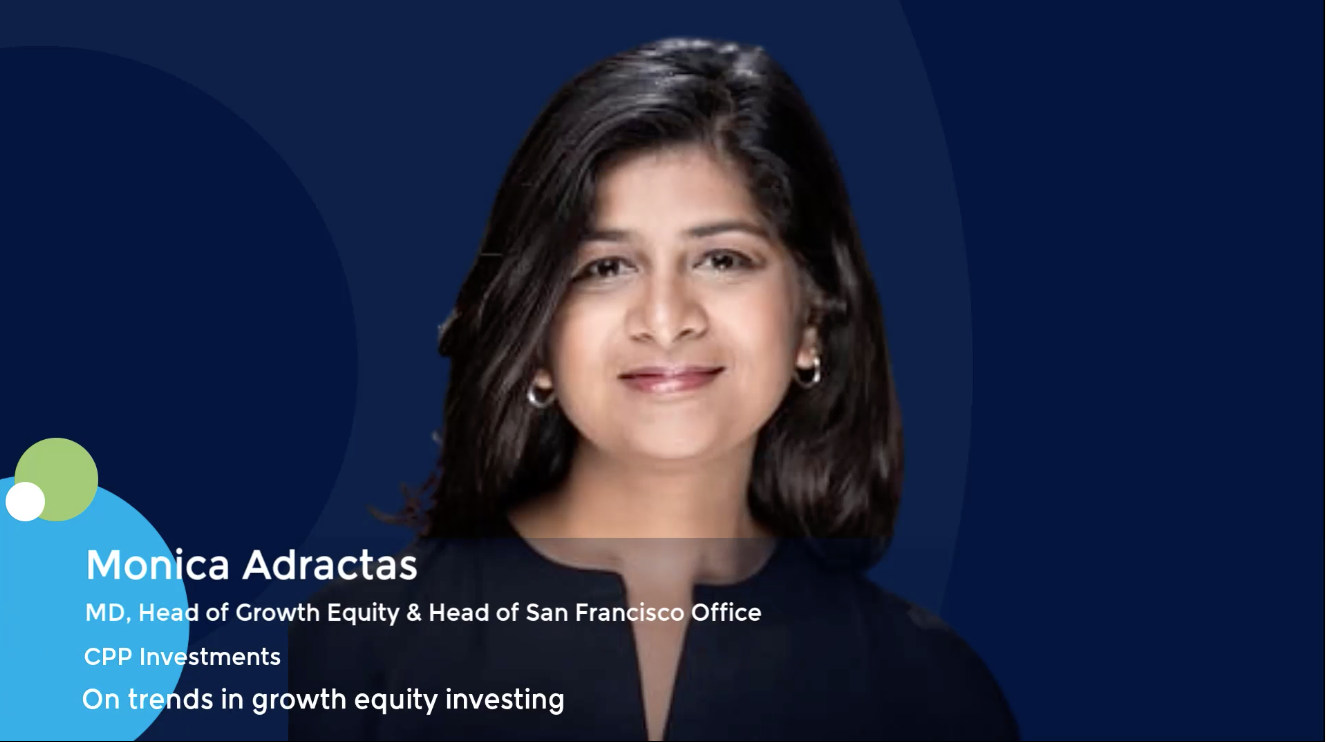Chasing VC funds could be the wrong move for most education entrepreneurs. We need alternative … [+]
In the evolving education landscape, traditional private investment models too often fail to support the game-changing startups that are needed to revolutionize learning.
In the move toward a more learner-centered paradigm, traditional funding mechanisms aren’t designed to nurture the growth and sustainability of impact-focused educational ventures in the places where they can be most transformational. New alternative investment models are needed.
The Capital Markets Conundrum
Traditional capital markets prioritize rapid, substantial returns and often sideline startups with long-term, transformational potential. This issue is particularly acute in education, where I’ve seen the search for a big homerun sideline small but solid companies making a difference.
That’s in part because new innovations in education might take anywhere from 10 to 20 years (at least) to realize their impact. And the most transformational education innovations must take root in areas far outside the mainstream system where they can grow and hone themselves in new value networks where the initial addressable market sizes are small—think microschools in the United States or Imagine Worldwide’s work building literacy and numeracy in developing countries.
Traditional venture capital (VC), however, is structured around quick, big exits, typically within a five- to seven-year window. There’s an argument to be made that the rise of technology businesses that, as Ben Thompson has argued, enjoy “minimal marginal costs” and the creation of VC firms after World War II, were not just synergistic but dependent—in the sense that the outsize and relatively rapid VC returns only worked for businesses that “could earn theoretically unlimited returns at scale.”
This model often doesn’t align with the slow, steady growth outside of the mainstream necessary for meaningful education transformation.
This challenge has echoes of the “capitalist’s dilemma” that Clayton Christensen wrote about in 2012 the in the New York Times. His central argument was that the “Doctrine of New Finance” that measured profitability based on ratios caused many investors to prioritize investments with shorter time horizons that led to increased efficiency and the reduction of risk—but missed on supporting the empowering innovations that transform sectors measured over decades.
Many education entrepreneurs face a similar dilemma that, from my vantage point, is far more pronounced than the one Christensen observed: they either conform to the demands of venture capitalists and push for rapid and, in many cases, unsustainable growth, or they create non-profits and rely on a perpetual cycle of grants that don’t typically lend themselves to scale.
The central challenge is that there aren’t nearly as many unicorns or even publicly-traded companies waiting to be built in education markets as many think, but there are many more $10- to $50 million-revenue education businesses that should probably exist but don’t today given the current investment landscape.
Empowering Innovations Through Alternative Investment Models
The good news is that there have been some changes.
The rise of education-focused VCs has created funds with investors more in tune with the needs of education startups—although founders are still often encouraged to focus on bigger, existing markets rather than emerging ones that will take time to mature. Private equity-type funds like Achieve Partners are able to look at a more diverse set of education companies. Evergreen funds like A-Street solve the time-pressure challenge. Education venture studios have the potential to return a similar level of capital to their limited partners as do VC funds but through smaller exits and a higher rate of success than the roughly 80 percent failure rate of VCs (a failure rate that isn’t preordained for startups, but is instead built into the VC business model). And outcome-based debt financing models are able to focus on impact.
But more is needed so that founders have a variety of options for funding their ideas to increase their odds of success and positive impact on students. After all, even when entrepreneurs start in education venture studios, for example, the moment they take money from a traditional VC fund, their value network and cap table change—and the clock is now ticking.
This isn’t to say that VC isn’t the right fit for some education founders. It’s just that it’s the right fit for a smaller percentage than what we see today. Having more diverse forms of investment capital available could increase overall investment in education when the answer to every investment doesn’t have to equal a rapid homerun or bust.
In addition to having more evergreen funds and venture studios in particular, there are two other alternative capital models worth exploring that both play off of a royalty-based model: the revenue capital model and the dividend capital model.
- Revenue Capital: In this model, instead of aiming for an exit, investors in essence receive a year-over-year fee based on a percentage of the startup’s revenue. This model allows startups to grow at a natural pace without the pressure of rapid scaling.
- Dividend Capital Model: This model involves investors taking a share of the startup’s profits only after it becomes profitable. It encourages startups to be patient for growth but impatient for profitability to show that they can really build a sustainable model.
Both models offer a patient capital approach, crucial for fostering long-term innovations in education. They ensure that the startup ecosystem can nurture impactful solutions without the undue pressure of conforming to traditional VC timelines and expectations.
Arthur Fox is the pioneer of the royalty-based financing model, and his 27-year-old Royalty Capital New England notes that royalty-based financing “creates a favorable trade-off between investors and business owners. Instead of giving investors a traditional equity ownership stake, business owners agree to return the original principal investment plus a multiple of that investment, over a specified period of time, based on regular periodic payments (royalties) equal to an agreed upon percentage of the gross receipts of the company.”
This eliminates the push for an IPO or an exit, as investors receive liquidity sooner and more reliably. And for the entrepreneur, it reduces dilution, which allows them greater control over their business. Which results in more durable businesses in industries that have historically struggled to attract venture capital, like mining, movies, and music—and, one could imagine, education.
***
As we navigate the future of education, it is imperative to develop alternative capital models that support the unique timelines and impact goals of education startups. By embracing revenue and dividend capital models, along with evergreen funds and venture studios, we can create an ecosystem where empowering innovations thrive to drive meaningful change in how we educate future generations.












Leave a Reply